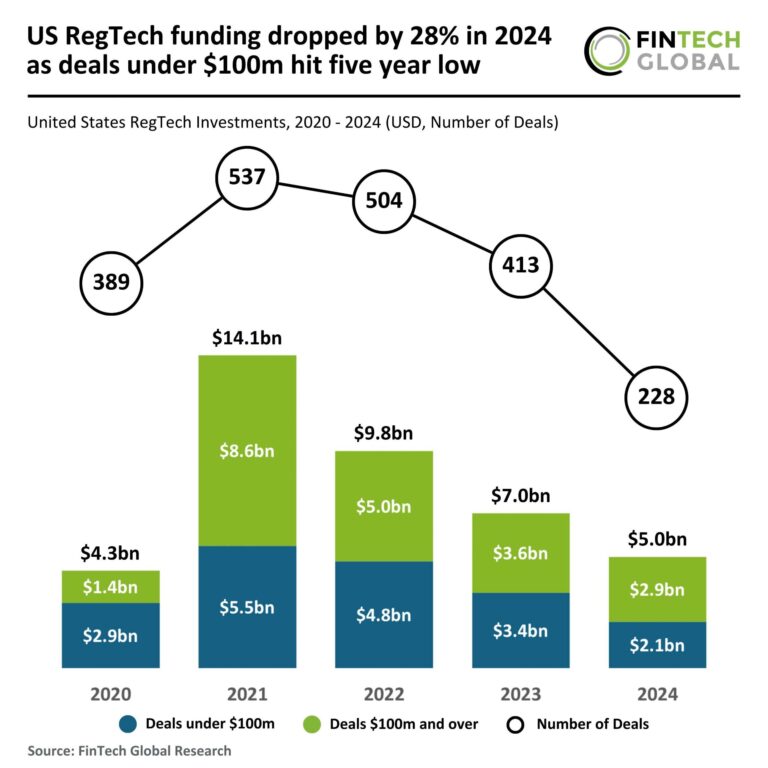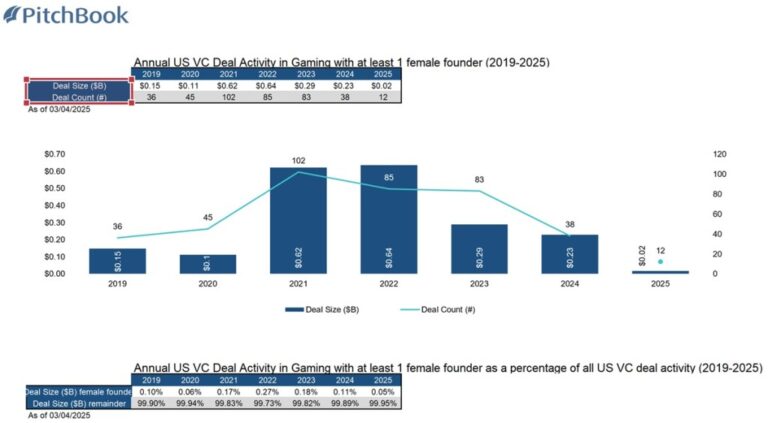US Consumer Fraud Losses Surge to Over $12.5 Billion in 2024: A Deep Dive into the Alarming Trends
In recent years, the rise in reported fraud losses has captured the attention of consumers and authorities alike. The latest data reveals a startling increase in the percentage of individuals falling victim to fraud, particularly in investment scams and imposter schemes. Understanding these trends is crucial for safeguarding your finances against fraud and scams.
Significant Increase in Fraud Losses
Despite a stable number of fraud reports at approximately 2.6 million, the percentage of people reporting financial losses due to scams has surged dramatically. In 2023, 27% of individuals who reported fraud indicated they had lost money, a figure that skyrocketed to 38% in 2024.
Key Statistics on Fraud Losses
- Investment Scams: Nearly half of the total fraud losses, amounting to $5.7 billion, reflecting a 24% increase from 2023.
- Imposter Scams: Reported losses reached $2.95 billion, with government impersonation scams alone increasing by $171 million to a total of $789 million in 2024.
- Online Shopping Issues: This category was the second most reported, with losses totaling $750.6 million, an increase of nearly $250 million from the previous year.
Most Common Methods of Contact by Scammers
For the second year running, email emerged as the primary method through which consumers were contacted by scammers. The breakdown of contact methods in 2024 was as follows:
- Phone Calls
- Text Messages
Payment Methods Leading to Losses
In 2024, consumers reported the highest losses associated with payment methods, specifically those involving bank transfers and cryptocurrency. These payment methods accounted for more losses than all others combined, highlighting the need for increased vigilance when engaging in financial transactions.
For more information on how to protect yourself from fraud, consider visiting the FTC’s Consumer Information page.







